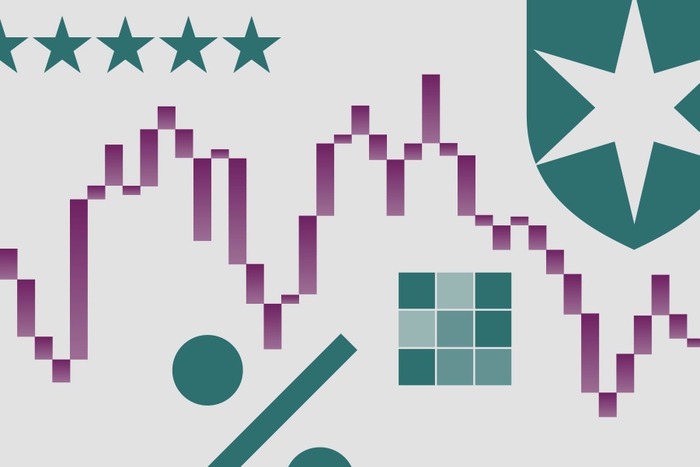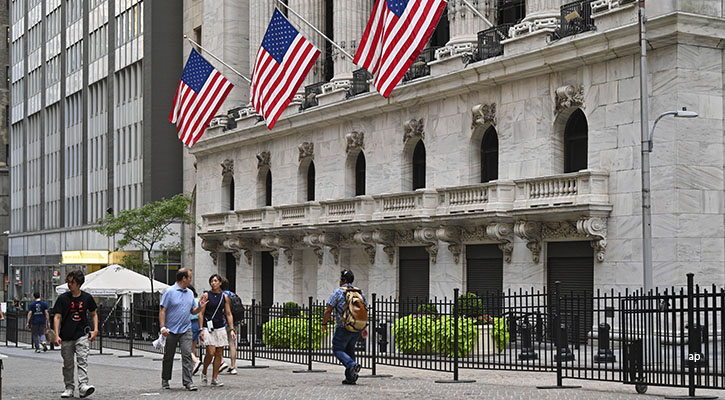For the latest ETF industry news, please refer to our “Asia ETF Roundup (Industry) – December 2019 and January 2020”.
Major Markets Performance
The New Year came with a fresh bout of fear-inducing headlines. Most notably, the novel coronavirus outbreak in China gained markets’ attention in late January. Many major market indices posted losses for the month, including the Hong Kong’s Hang Seng Index (-6.7%) and HSCEI (-8.3%), Taiwan’s TAIEX (-4.2%) and Korea’s KOSPI (-3.6%). Emerging-markets stocks also experienced declines of varying magnitude. However, the impact of the outbreak was only partially reflected in China’s A-Share markets’ January performance (CSI 300 -2.3%, Shanghai Composite -2.4%) as the China central government extended the Chinese New Year holiday in hopes of helping control the spread of the virus. China’s stock markets were closed from 24 January and resumed on 3 February. The S&P 500 was little changed for the month of January, falling 0.2%. Despite escalating tensions between the US and Iran since the beginning of the year, the S&P 500 scored new highs in the middle of the month. The index tumbled from its fresh highs near the end of the month as coronavirus fears flared. Other noteworthy January events include the U.S. removing its “currency manipulator” designation for China, the signing of a first stage US-China trade deal and the U.K.’s official exit from the European Union.
It was a good year for major global stock markets, which went from posting double-digit declines in 2018 to double-digit gains in 2019. Developed markets outperformed emerging ones by almost 10 percentage points (proxied by net returns of the MSCI World Index (+27.7%) and MSCI EM Index (+18.4%)). Meanwhile, China’s onshore markets outperformed offshore ones by 14 percentage points (proxied by net returns of the MSCI China A Onshore Index (+37.5%) and the MSCI China Index (+23.5%)). This was despite a very strong performance from Alibaba (BABA, +54.7%), the largest constituent of the MSCI China Index.
Central banks generally reversed course in 2019. Many cut rates in 2019 after hiking them in 2018. The U.S. Federal Reserve cut rates three times in 2019. The U.S. dollar rose slightly, gaining 0.2% (as measured by the ICE Spot Index). Most of the greenback’s 2019 gains were wiped out by a -1.9% fall in December. Emerging-markets’ currencies performance was mixed. The Thai Baht rose strongly against the greenback, gaining 8.7%. Meanwhile, the Chinese Yuan depreciated another 1.4% against the U.S. dollar in 2019 following a 5.2% drop in 2018. Currency markets had a volatile start in 2020. The U.S. dollar appreciated 1.0% while the Thai Baht and Korea Won depreciated 3-4%. The Chinese Yuan appreciated 0.5% against the greenback.
Amid mounting geopolitical tensions around the world in 2019, precious metals’ performance was generally strong. Gold, platinum and silver prices rose 17%-21%. In January 2020, gold prices maintained their upward momentum, gaining another 4.6%. The price of platinum rose 0.7% in January. The price of silver dropped 0.8% during the month.
.png)
Economic and Market News
U.S. Holds Rates; Brazil and Malaysia Cut Rates
- U.S. Keeps Rates on Hold - The U.S. Fed decided to keep its key interest rate on hold at both its December 2019 and January 2020 meetings. In 2019, the Fed cut rates three times, reducing them by a total of 75bps. The FOMC committee remarked that “the current stance of monetary policy is appropriate to support… inflation returning to the Committee's symmetric 2 percent objective”.
- Brazil Cut Rates by 50bps – TheCentralBank of Brazil decided on 11 December 2019 to cut its benchmark interest rate by 50bps to 4.50%. This is the fourth time the Bank cut rates in 2019. The Bank last cut rates by 50bps in October 2019.
- Malaysia Cut Rates by 25bps – Bank Negara Malaysia decided on 22 January to cut its overnight policy rate by 25bps to 2.75%. The Bank last reduced OPR in March 2019, also by 25bps.
HKEx Concluded Consultation on ESG Guide and Findings on ESG Disclosure Review – New Requirements to be Included in ESG Reporting
On 18 December 2019, the Hong Kong Exchange released consultation conclusions on proposed amendments to the Environmental, Social and Governance (ESG) Reporting Guide (ESG Guide) and Related Listing Rules; and the findings of its latest review of listed issuers’ ESG disclosures (ESG Disclosure Review).
Effective from 1 July 2020, the ESG Guide and related Listing Rules will be changed as follows:
- The introduction of mandatory disclosure requirements to include a board statement setting out the board’s consideration of ESG matters, application of Reporting Principles “materiality”, “quantitative” and “consistency”, and explanation of reporting boundaries of ESG reports
- The requirement to disclose significant climate-related issues which have impacted and may impact the issuer
- The amendments of the “Environmental” key performance indicators (KPIs) to require disclosure of relevant targets
- The upgrading of the disclosure obligation of all “Social” KPIs to “comply or explain”
- The shortening of the deadline for publication of ESG reports to within five months after the financial year-end
As for the findings on ESG Disclosure, HKEx mentioned that all sample issuers managed to submit ESG reports on time according to the Listing Rules, in which a majority (two-third) of them had undertaken a materiality assessment. Some recommendations were suggested for issuers, including the addition of a description of board involvement in assessing and addressing ESG-related risks.
The consultation conclusions and disclosure review can be found in this press release.
China Economic Data: 2019 GDP Growth Registered at 6.1%; Inflation Soar to 4.5% in December 2019; Caixin/Markit PMI fell to 51.5 in December 2019, Official PMI dropped to 50 in January 2020
- China’s 2019 GDP growth registered at 6.1% (and 6.0% YoY in Q4 2019). Recall that China’s 2019 GDP growth target was set at “around 6-6.5%” and 2018 growth rate was higher at 6.6%.
- China’s inflation rate rose to 4.5% in December 2019, even with November’s reading. This was an increase from October’s reading of 3.8%. Pork prices were again the driver behind the uptick in inflation. Pork prices jumped 97% in December 2019 compared to a year ago.
- China’s Caixin/Markit PMI fell slightly to 51.5 in December 2019 and further to 51.1 in January. This compares to November’s reading of 51.8. Meanwhile, the official PMI stood at 50.2 in December 2019, same level as November but then dropped to 50.0 in January 2020.

















